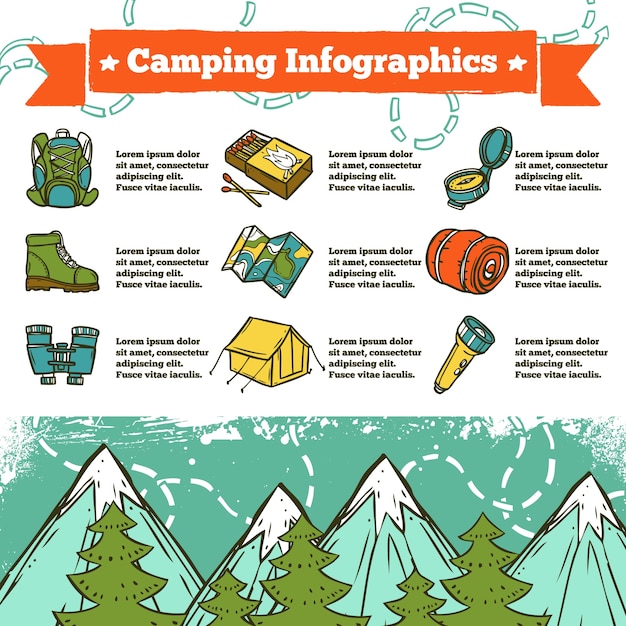Range jacks are essential to risk-free outdoor tents stove usage, keeping cold air, rainfall, snow, bugs and also flammable combustible products out of the tent. However, they're not without their risks. Continue reading to learn about typical mistakes campers make when suitable their stove jacks, and exactly how you can avoid them at your campground.
Material Compatibility
When searching for a stove jack, ensure it is made from heat-safe materials. The fabric used to make the jack should additionally be durable and breathable, which will certainly assist to keep the outdoor tents warm and completely dry when it's in usage.
As soon as you've located a range jack that is compatible with your camping tent, it's time to choose where you wish to install it. Typically, it's best to put the cooktop in the center of the outdoor tents to assist maintain all locations warm and relaxing, but it's important to prevent positioning it directly up against a tent wall because this is a fire hazard. Also, consider just how easy it will be to reach your oven when refueling and tidying up in the middle of the evening.
Cooktop jacks are pretty easy camping equipment, yet they are extremely critical for securely using a tent stove in any weather. By putting in the time to select the right dimension and properly mount your stove jack, you'll be good to go for a comfy outdoor camping experience!
Range Pipeline Size
The dimension of your range pipe is necessary to guarantee correct airing vent and to avoid a fire risk. A little size pipe will work fine in many outdoors tents, however a larger one should be made use of with a heavier-duty canvas outdoor tents or a Tipi.
When it concerns identifying the perfect placement of your oven, the center of the tent is often the most effective choice. This will certainly assist maintain the whole tent cozy while lessening the capacity for smoke to leak around the edges. It additionally assists stop warm from blowing away from the stove and right into combustible products like walls or ceilings.
When it comes to wall surface and floor defense, NFPA needs at least 36" of clearance from flammable walls. This can be minimized by using a stove guard and a single-wall stovepipe with a protected thimble (if going into the ceiling, attic room or roofing). Always consult your woodstove producer's proprietor's handbook for more details concerning proper installment.
Stove Pipe Size
Other than not being straight up against the wall surface of the outdoor tents (where maybe a fire hazard) there isn't truly a wrong location for a cooktop jack. It's simply an issue of preference, relying on how simple it will certainly be to reach for refueling and just how close it will be to the entry of your cotton bag tent.
Nevertheless, if you install your pipeline too way out from the cooktop, cold air and rainfall will be able to blow in around the beyond the pipeline. This isn't suitable, as it will make beginning your stove and keeping an excellent draft challenging.
To figure out how much flue you'll require, determine the range from where your tent's cooktop will certainly sit to your smokeshaft opening. After that subtract two inches due to the fact that each section of pipeline overlaps. The number you get is the quantity of pipeline you'll need to purchase. Thankfully, setting up range pipes isn't difficult and requires marginal devices.
